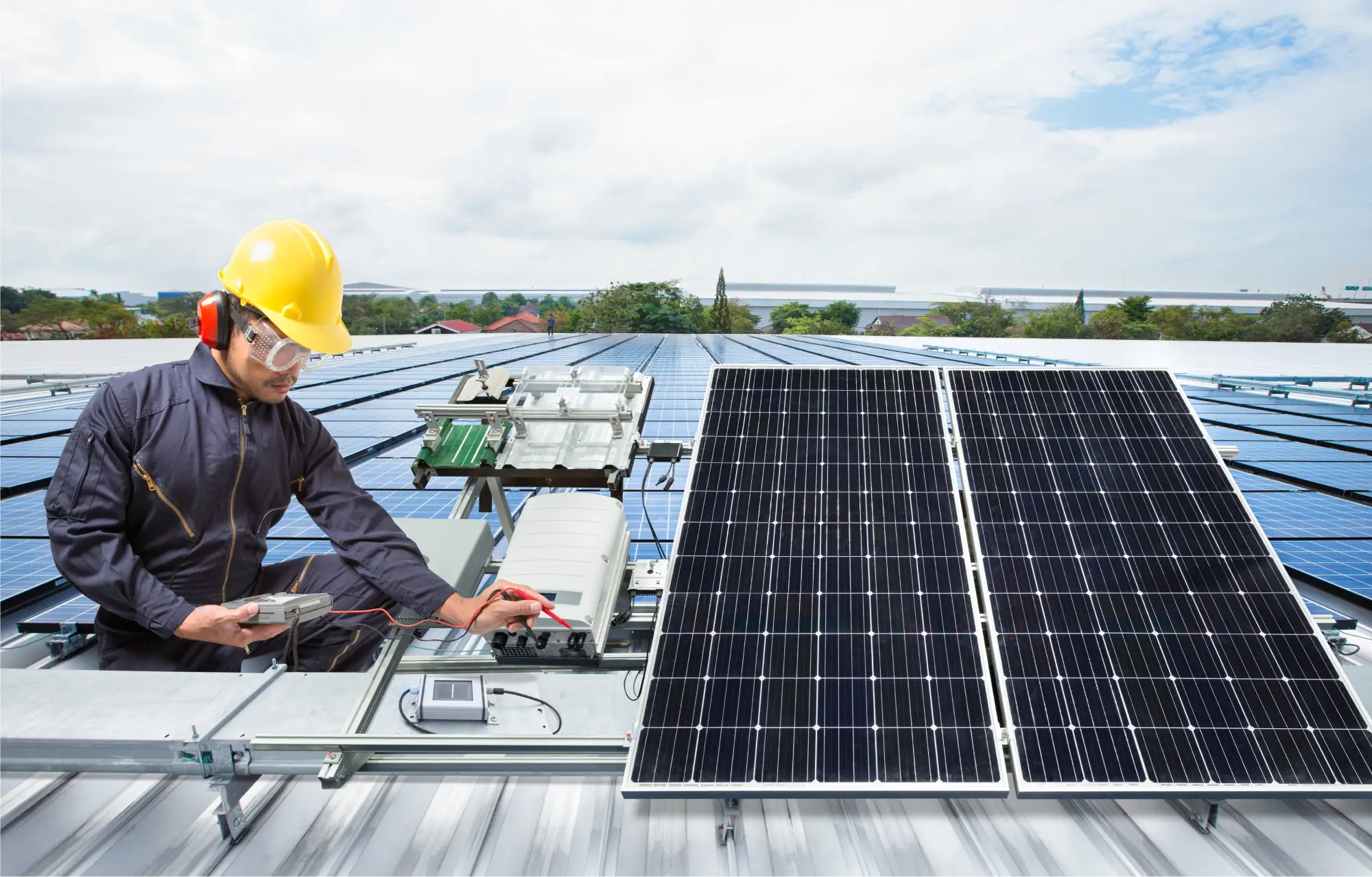
Scopes 1, 2 and 3: What are they, and why do they matter?
Scopes 1, 2 and 3: What are they, and why do they matter?
Did you know your company may not directly generate at least two-thirds of the emissions it’s responsible for?
It’s true. ODP reports that, on average, Scope 3 emissions will account for 75% of a company’s overall greenhouse gas (GHG) emissions.1 But what does this mean? What are emissions scopes? And what can you do to reduce these emissions when you don’t have direct control over them?
Emission scopes explained
Emissions scopes are a way to categorize the direct and indirect greenhouse gas (GHG) emissions businesses generate across their entire operation. This includes emissions from raw materials, energy, and supply chains, as well as the production, distribution, and use of products or services. The aim is to create a complete carbon footprint picture, enabling businesses to address it effectively.
There are three scopes emissions fall into:
Scope 1: Direct GHG emissions generated from sources controlled or owned by a business. This includes any emissions generated from the company’s assets. (i.e., vehicles, HVAC systems and machinery).2
Scope 2: Indirect GHG emissions associated with the purchase of electricity, heat, steam, or cooling. While these emissions aren’t generated by the reporting company’s facilities or operations, they’re accounted for as a result of its energy use.2
Scope 3: Indirect emissions generated by activities not owned or controlled by the reporting business, but that are part of its value chain. This includes any source not covered by the company’s Scope 1 and 2 emissions – and includes emissions upstream and downstream of its operations.3
To picture how this works, imagine a steel mill. The machinery on its production line generates emissions during operation, which come under Scope 1. The electricity the mill uses to power up that machinery accounts for its Scope 2 emissions. The steel is then loaded onto trucks to transport it to manufacturing facilities. If the mill doesn’t own the trucks, the emissions from these vehicles form part of the mill’s Scope 3 – as do the emissions generated by the manufacturers using the steel to create new products. Going even further, the use of these steel-based products by the manufacturers’ customers also counts towards the mill’s Scope 3 emissions.
While you probably won’t refer to the various emissions scopes on a daily basis, they should play a vital role in shaping your decision making as you navigate your decarbonization journey. So, it’s important to understand what the scopes cover and some actions you can take.
Why you can’t ignore Scope 3 emissions
As highlighted above, Scope 3 emissions may be the most significant contributor to your carbon footprint (they can even account for 100% of emissions in some sectors).1 Therefore, reductions in GHG may mean addressing Scope 3 emissions too.
The challenge is that it’s often tricky to measure Scope 3 emissions. This is because there’s much overlap between the emissions different companies generate. For instance, emissions generated by a customer who uses your product could come under Scopes 1 or 3 for them while also counting as part of your Scope 3 emissions. At Shell Energy, our customers’ Scope 2 emissions from their electricity use also count as our Scope 3 emissions.
While it can be challenging to measure Scope 3 emissions, it doesn’t mean you can’t take proactive steps to reduce them. Scope 1 and 2 emissions generated by your suppliers, distributors, and customers (as well as their customers) form part of your value chain emissions.3 By helping them to address their emissions, there’s the potential to improve your own carbon footprint.
A practical approach to Scope 3 reduction
A practical example of addressing Scope 3 emissions by supporting customers is the impact of electrification on the automotive industry. For some original equipment manufacturers (OEMs), the production of electric vehicles (EVs) can be seen as an effective way to meet customer demand, company emissions reduction goals, and often new regulations that push businesses to reduce their overall carbon footprint. An example of this is California’s plan to make sure that, by 2035, every new vehicle sold in the state is either electric or plug-in electric hybrid. 4
To sell these EVs, the OEMs rely on dealerships. And for dealerships, this means installing charging infrastructure (both hardware and software). They’ll also need to manage their energy bills because they may use more electricity and they might also consume it at a higher price per kilowatt hour (kWh), depending on how and when they charge the vehicles (among other things). Their emissions will also likely change based on the types of energy used to generate their electricity – an essential consideration for dealerships looking to lower emissions.
Helping the dealerships to adapt to these changes can be an effective way for OEMs to drive demand for EVs. Shell Energy is working with a range of OEMs to help dealerships get the hardware and software needed to charge EVs, along with solutions anticipated to lower their previous energy consumption. Through these efforts, Shell Energy aims to reduce Scope 1 and 2 emissions for the dealerships, Scope 3 emissions for the OEMs and Scope 3 emissions for Shell Energy – seeking to improve the carbon footprint of three businesses in the process.
How to drive change across your value chain
Another challenge with addressing emissions across all three scopes is that the decarbonization journey is unique. There’s no single answer to how to improve a company’s overall carbon footprint. As a way to help overcome this, Shell Energy suggests a flexible approach – one built around specific business needs and value chain. This is where integrated solutions from Shell Energy come in.
Providing a robust menu of customizable solutions, Shell Energy offers companies simple, efficient, and scalable ways anticipated to help reduce Scope 1, 2 and 3 emissions. From renewable power to energy efficiency, backup generation to EV hardware and software, Shell Energy enables you to select the right solutions for your business.
Importantly, Shell Energy also helps you to support smaller businesses in your value chain. Working together, we can develop programs that bring the benefits of Shell Energy’s solutions to those customers or suppliers who might otherwise struggle to invest in emissions reduction programs.
The importance of close collaboration
Working with suppliers, distributors and customers to address carbon emissions across the value chain highlights a crucial element of the decarbonization journey: collaboration with other businesses is critical in helping to reduce Scope 3 emissions.
We go beyond the traditional supplier-customer relationship at Shell Energy to build a meaningful relationship with your business. This helps us to build trust as we work closely with you to understand your specific needs better and curate a customized program of solutions that are designed to help manage your energy costs and accelerate your strategic ambitions.
[1] World Resources Institute. “Trends Show Companies Are Ready for Scope 3 Reporting with US Climate Disclosure Rule..” 2022
[2] EPA. “Scope 1 and Scope 2 Inventory Guidance.” N.D.
[3] EPA. “Description of Scope 3 Emissions.” N.D.
[4] Reuters. “California to end sales of gasoline-only cars by 2035.” 2022


